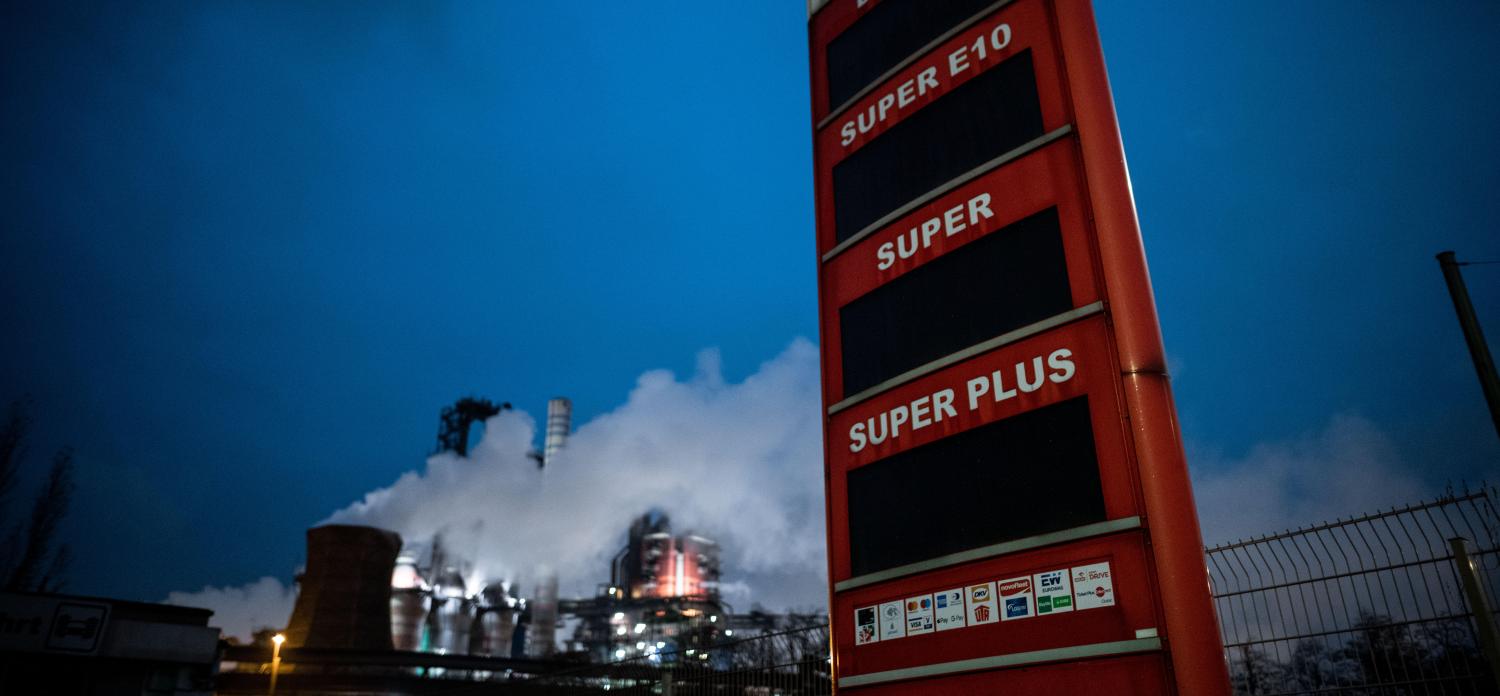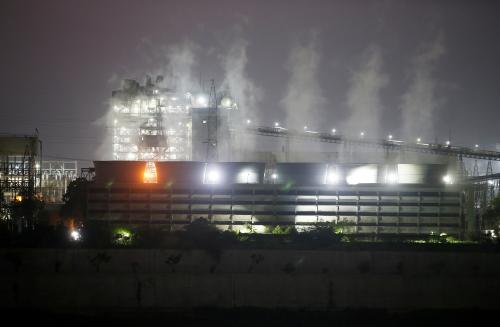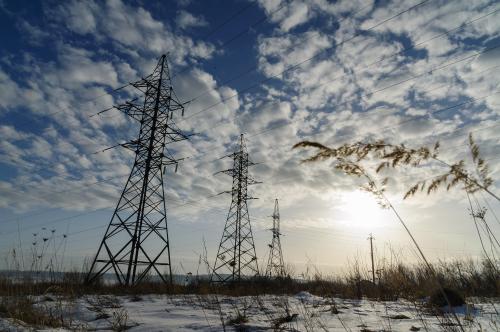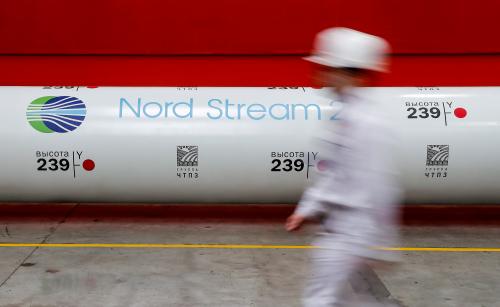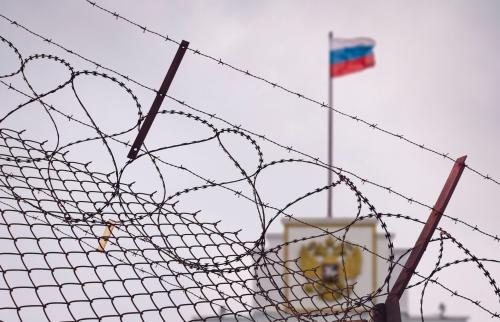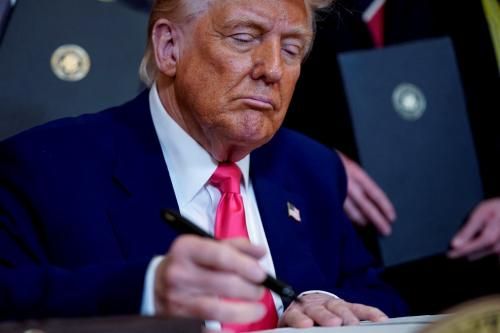Executive Summary
The ongoing energy crisis of late 2021 looks sure to move into 2022. It has already had wide-ranging impacts on economics, the environment, and security. This essay considers a few of the tensions arising for government policy, investors, and consumers. The crisis has three distinct elements: COVID-19 and supply chain disruptions, greater interconnectedness of natural gas markets, and signs of energy price volatility during the energy transition away from fossil fuels.
As the global economy continues a halting recovery from the COVID-19 pandemic, energy prices and availability threaten to derail it. The pandemic brought about a historic drop in energy demand and prices, but recovering demand is now straining fossil fuel markets for oil and gas, and even coal. Prices are skyrocketing as demand chases fuel supply that has not yet recovered from the pandemic drop.
Past global supply crises have typically been limited to oil, but fast-changing natural gas markets are in crisis as well. A growing and more flexible liquified natural gas (LNG) market has enabled global competition for gas supply, a situation that wasn’t possible when gas was supplied by pipeline or LNG under long-term contracts. Europe and Asia are competing for the same LNG supply, pushing prices up in both markets and extending today’s tight market to the United States. In a sense, natural gas is a victim of its own success: displacement of coal-fired power generation for economic or environmental reasons has been an important source of gas demand. However, with coal-fired generation on the decline in the United States, an important buffer for gas demand and prices is disappearing. With less ability to use coal for power generation when natural gas demand is high, gas demand is becoming less elastic and prices more volatile.
Energy markets are naturally price-inelastic and thus volatile. Nonetheless, recent emphasis on the environment and affordability during the early part of the energy transition may have led to less attention to energy security. The new interconnectedness of energy markets across fuels and geographies has also changed how crises spread. Measures like strategic reserves and demand response may need more attention, along with programs to help lower-income consumers, who are always most affected when energy prices are high. Diversifying energy supply with renewables will also help, as once built, these sources are not subject to the whims of global markets.
-
Acknowledgements and disclosures
Ted Reinert edited this paper and Rachel Slattery provided layout.
The Brookings Institution is committed to quality, independence, and impact.
We are supported by a diverse array of funders. In line with our values and policies, each Brookings publication represents the sole views of its author(s).



